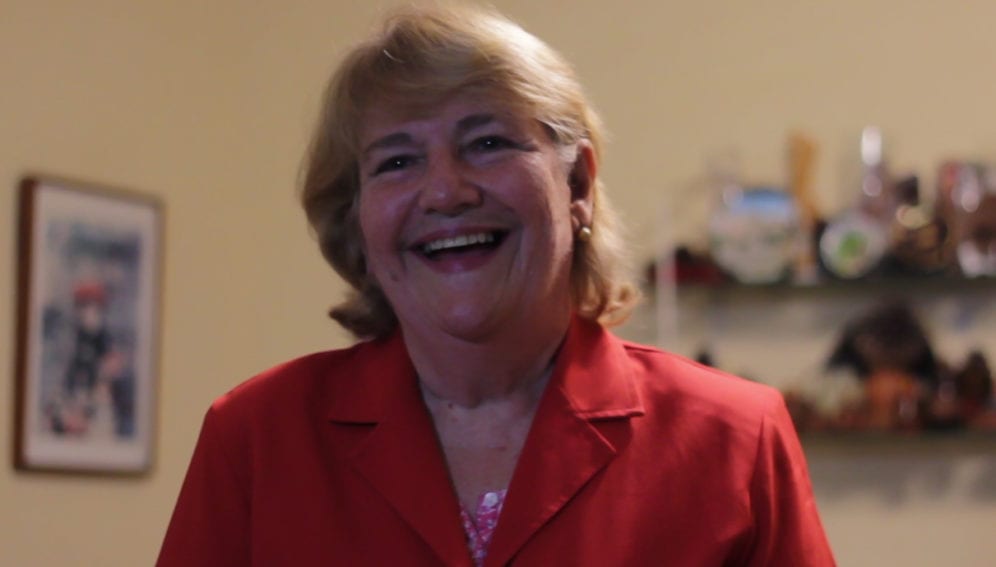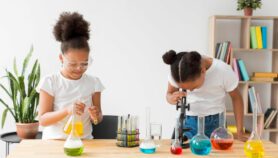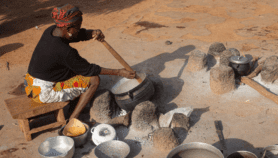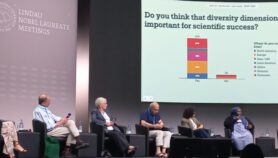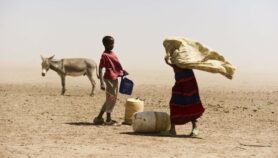By: Leslie Salgado
Send to a friend
The details you provide on this page will not be used to send unsolicited email, and will not be sold to a 3rd party. See privacy policy.
CIf science fails to take advantage of girls who are graduating, it is wasting 50 per cent of the available talent, according to Liliam Álvarez Díaz, secretary of the Cuban Academy of Sciences and a member of the Academy of Sciences for the Developing World.
What was it like studying physics in Cuba in the 1970s?
What was the context? Were you the only woman?
What is your research area about? How is it related to applied science?
Calculations of differential equations are applied to meteorology, chemical kinetics. For example, if you inject a drug, how is it going to distribute inside the organism? That is kinetic, and it is a system of equations.

What drew you to studying gender in science?
I was always interested in the metaphors that experts in gender use, and I started to collect them. The first one: glass ceiling. Gender specialists explain it in a certain way but for me it is something all women face. Above is the power and below is us, and to get there we have to hit that glass ceiling.
What did you achieve in the eight years you worked as director of science?
We introduced science festivals. We were the pioneers in Cuba of something that already existed in the world: the experience of talking about science to the general public. We filled the Capitol with teachers talking about genomics, protons, and stem cells.
Despite Cuban statistics where women make up more than 50 per cent of parliamentarians, or 63 per cent of the science sector, there are still obstacles. What are they?
Second, wages. The standard of living is a great obstacle, not only in your personal life, but as a role model for young girls. You’re competing with successful artists or singers.
What signs of discrimination do you see in the science sector?
They are not very open, but they exist. For example, I had a very pretty student who dressed in short skirts. My colleagues asked why this girl was studying maths instead of dancing at the [Havana cabaret club] Tropicana. That is discrimination.


